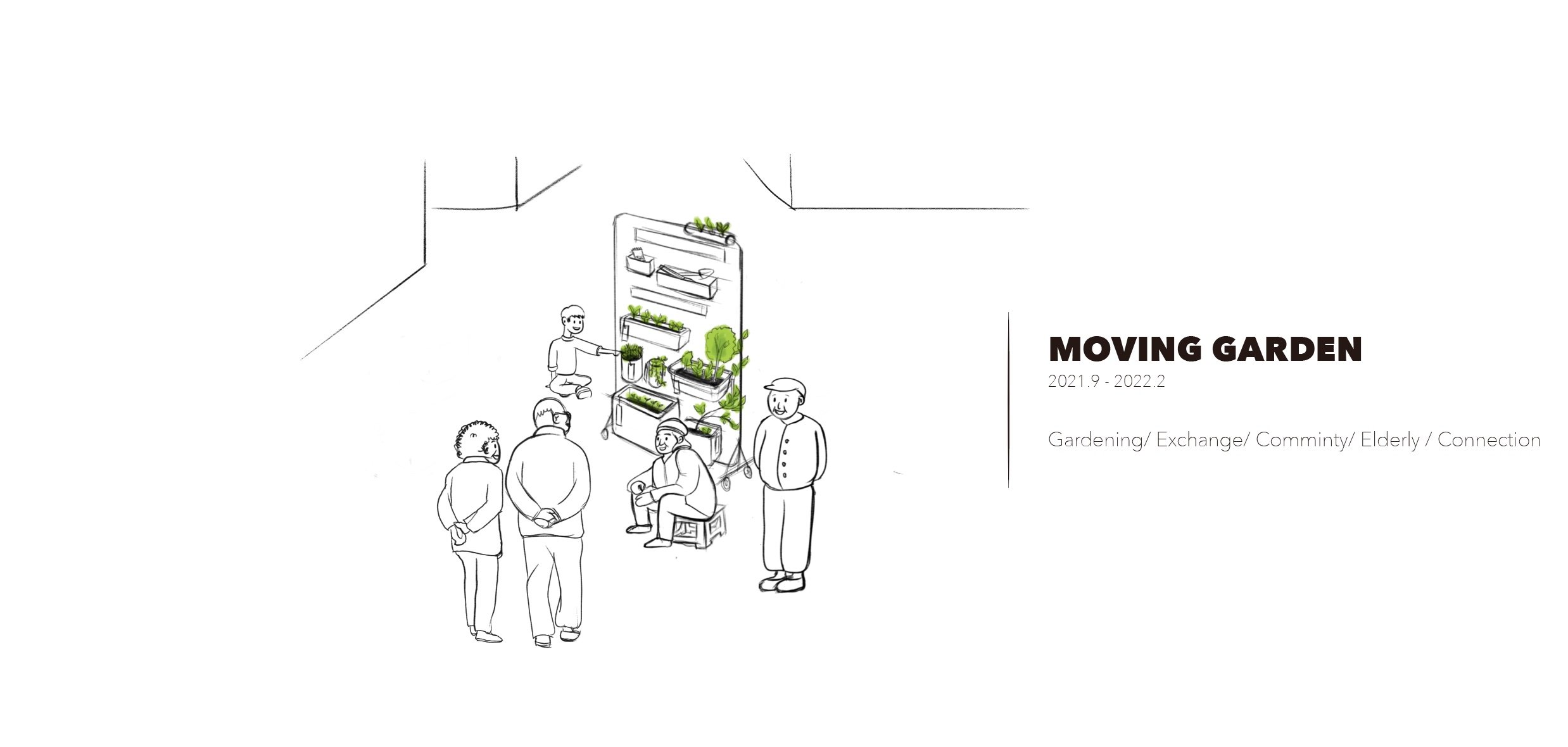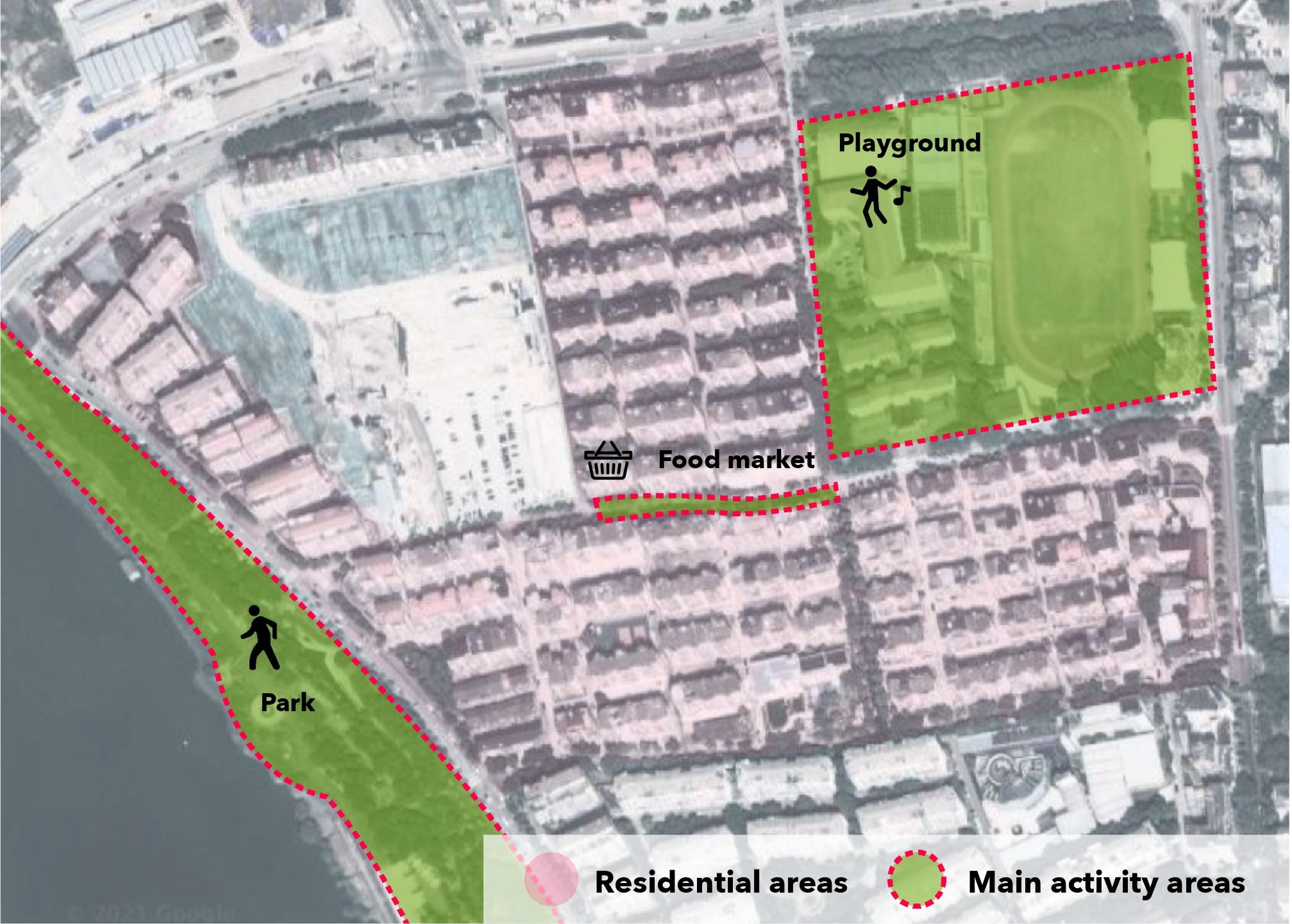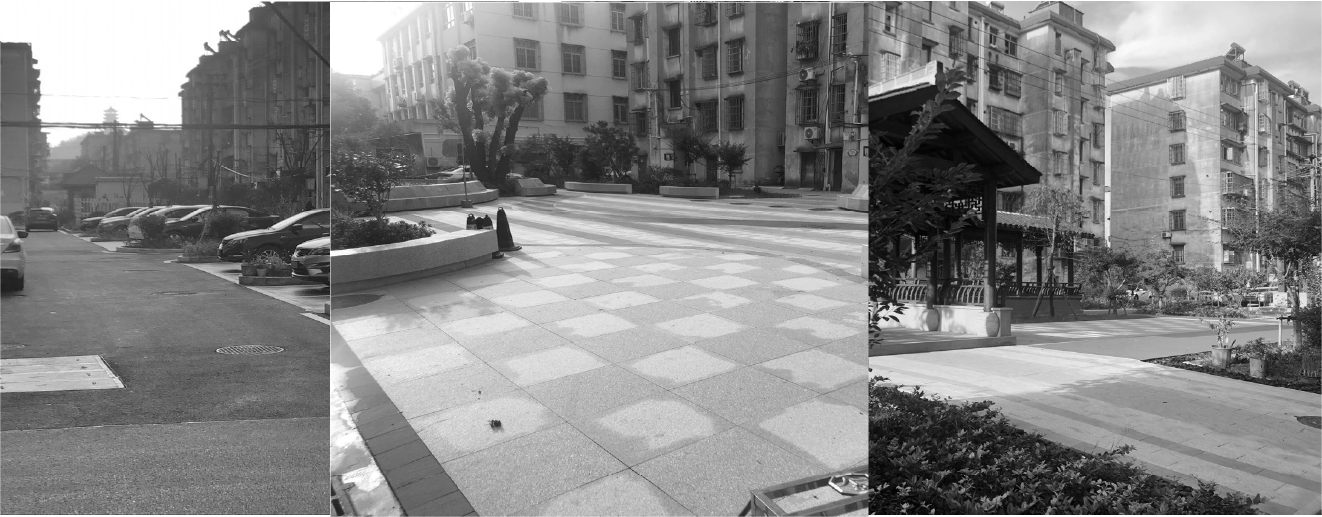
PASSION PROJECT
Moving Garden
Community Design
Contexts
The objective of this project is to create additional social opportunities for the elderly and enhance their accessibility to these opportunities within the community spaces.
I utilised a design-led approach to build and promote this project that inspired creativity and combatted social isolation. Through this approach, I was able to successfully engage 7 seniors in a three-month workshop. During the co-creation, they built a shared garden experience and formed a strong social bond.
Timeline: Sep 2021 -Feb 2022
Independent Project
My Role
Background Review
Landscape Analysis
User Research
Creating storyboards
Low-fi prototype
High-fi design
Problem
After retirement, some senior citizens may experience feelings of loneliness and disconnection from society, which can have detrimental effects on both their physical and mental health.
Unfortunately, opportunities for social engagement within aging communities are often limited, especially for the elderly who are restricted by the physical conditions.
How might we create additional social opportunities for the elderly and enhance their accessibility to these opportunities within the community spaces?
A Hypothesis
The Idea
Utilized a design-led approach to build and promote the “moving garden” project that inspired creativity and combatted social isolation. This concept leveraged older individuals' common interest in gardening, and through a co-creation process, created a platform for exchanges and communication within the aging community.
What Did I Achieve
Through this approach, I was able to successfully engage 7 seniors in a three-month workshop. During the co-creation, they built a shared garden experience. The project was a success as the seniors formed a strong social bond and even organized two group trips together after the workshop was completed.
Field Research
Located in Shaoxing, Zhejiang Province, the community was built in the 1990s with a high housing density and population density. And the ageing level of its residents is quite high, so I conducted research focusing on the social conditions of the elderly and facilities in this community. Leveraged diverse research methodologies, such as semi-structured interviews, and surveys to perform deep dive analysis and derive key insights.
Public Spaces Within Living Areas
Have less social activities and a weak social atmosphere, resulting in fewer social opportunities in the community.
Main Activity Spaces
Concentrated in public places outside the community, only the elderly who are healthy and active outside can have more social interactions.
Fewer social interactions
Tedious daily activities
Decrement in personal esteem due to inadequate productivity.
Social Conditions
The Environment
Very limited activities
Blocked information
Lack of social spaces caused by high building density
Insights & Ideation
How can they connect?
I discovered that elderly individuals often bond over shared interests and naturally form social circles.
I believe that common interests are a powerful motivator for socialization among seniors.
Therefore, it is important to tap into the curiosity of older adults.
What is in common among the elderly?
Through observation and research, I have found that gardening is one of the most common interests among senior citizens.
Why gardening?
Many elderly people grew up in rural areas and have a background in farming, they tend to have a deep emotional connection with plants. Through observation and research, I have found that gardening is one of the most common interests among senior citizens.
What are the Findings?
Given this, I think
It’s essential to create opportunities for the elderly to connect through new platforms that cater to their interests.
And gardening can be an effective tool to build a platform that connects older adults and encourages socialization.
Further User Research On Gardening Behaviours
Insights
Elderly individuals exhibit enthusiasm in gardening, displaying creativity in their selection and arrangement of planting containers. Therefore, I believe the co-creation can be a good way for them to demonstrate their creativity and exchange ideas.
The predominant choice of plants grown by these individuals are those that are edible, but there is also a noticeable expression of personal preference and individuality in their choices.
Insights & Concept Development
Why doesn't planting create a circle of interest?
How could I create a public planting space within the community?
The Final Concept
This concept leveraged older individuals' common interest in gardening, and through a co-creation process, created a platform for exchanges and communication within the aging community.
Testing
Recruiting Participants
X
I decided to take the prototype to the food market early in the morning, and explained that I would offer the results of the test freely to participants. This strategy was successful and I was able to recruit 7 participants.
I used three days of observation to identify the areas where older people tend to congregate most and then adjusted my recruitment strategy accordingly.
👍
Initially, I placed the prototype in a community square, but unfortunately, it did not attract much attention from seniors. Hardly anyone stopped to inquire.
Co-creation Workshops
Bringing Own Materials
Inspiring idea exchanges within the participants
Building a shared gardening experience
Strengthening the social bond
Activating the aging community



































